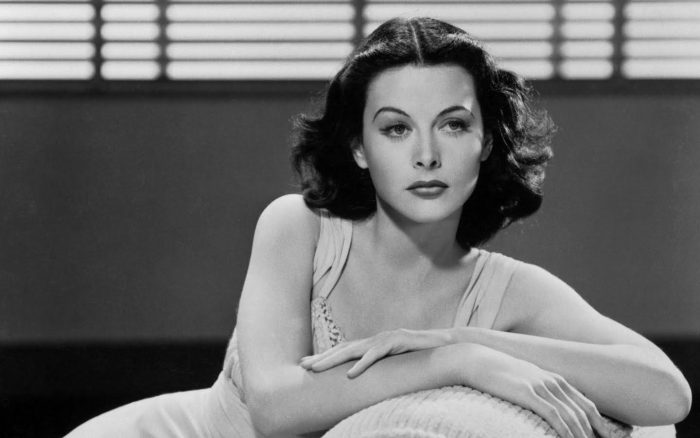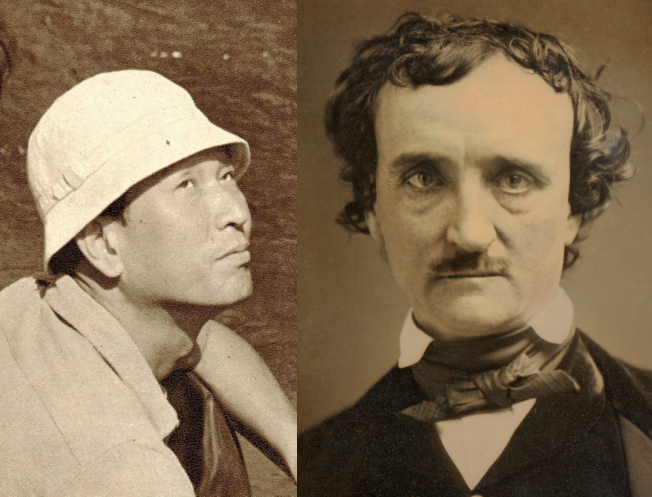Of all the societal debates now going on in the West, many have to do with identity: who belongs in which group? Which groups belong in which places? And what if who we are changes according to context? In its own deep concern with identity, Ridley Scott’s Blade Runner, one of the most enduring cinematic visions of the 20th century, has come to look even more prescient than it already did. The video essayist Evan Puschak, better known as Nerdwriter, finds out what the film understands about the problems of social life in its future — our present — in a chapter of his “Understanding Art” series called “Blade Runner: The Other Side of Modernity.”
Blade Runner tells the story of Rick Deckard, a retired police detective called back to work to hunt down a group of slave androids, known as “replicants,” who have escaped their confinement in an off-world mining camp and arrived on Earth. “In that process,” says Puschak, “we are confronted with an avalanche of big ideas: what it means to be human, how our memories create who we are, themes of love, exploitation, post-colonialism, social hierarchy, and social decay.”
It all takes place in an imagined Los Angeles of 2019, a rainy, darkly sublime urban realm whose “upper world is crisp, clean, and predominantly Caucasian,” and whose “street-level world is dirty, chaotic, and multicultural, paralleling the ‘white flight’ of the mid-20th century.”
The vision of modernity at work in Blade Runner “finds its expression, necessarily, in moments between developments of the plot,” in its glimpses, deliberately offered by Scott and his collaborators, into the built and social environment at the margins of the action. The overall effect is “to produce a world the keynote of which is malaise.” And though enthusiasts have written a great deal about the film’s exploration of humanity itself — arguments still erupt, after all, over the issue of whether Deckard is a replicant himself, even after Scott himself has tried to settle it — “the central problem of modernity isn’t humanity; it’s identity.”
In Puschak’s view, Blade Runner diagnoses the condition that “all the freedom of modern society, all its secularism and egalitarianism and choice, conceals a darker side to the coin: the side on which human identity isn’t determined by society, but by the individual, making its formation, by definition, problematic.” Indeed, we could see the shift from societally determined identity to individually determined identity — framed positively, the long march toward freedom — as one of the main threads of the past few centuries of human history, here represented by Deckard’s struggle with “the gradual breakdown of the only identity he’s ever had.”
The essay highlights one especially poignant but little-acknowledged scene where Deckard, having just slain one of his assigned targets, instinctively goes to buy a drink, but “what he really needs is some kind of connection, some place where the rules of interaction are still solid and knowable.” Ultimately, even after Deckard has dispatched all of the rogue replicants, no “satisfactory answer to the puzzle of modernity” emerges, but “Blade Runner doesn’t seek to give answers.” Instead, it seems to have known what questions we would soon ask ourselves about “the consequences of a society that, for all its members, is as limitless as the vast architecture of a city, yet as indifferent as the rain.”
Related Content:
Watch an Animated Version of Ridley Scott’s Blade Runner Made of 12,597 Watercolor Paintings
Blade Runner Gets Re-Created, Shot for Shot, Using Only Microsoft Paint
Blade Runner is a Waste of Time: Siskel & Ebert in 1982
Based in Seoul, Colin Marshall writes and broadcasts on cities and culture. He’s at work on a book about Los Angeles, A Los Angeles Primer, the video series The City in Cinema, the crowdfunded journalism project Where Is the City of the Future?, and the Los Angeles Review of Books’ Korea Blog. Follow him on Twitter at @colinmarshall or on Facebook.




